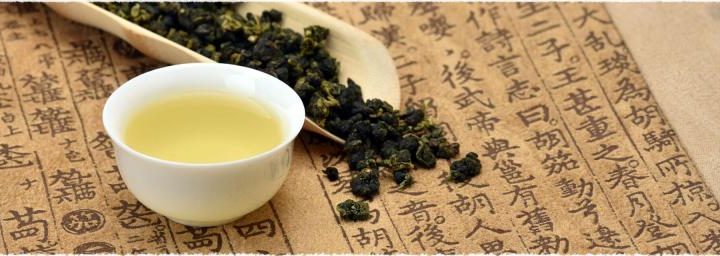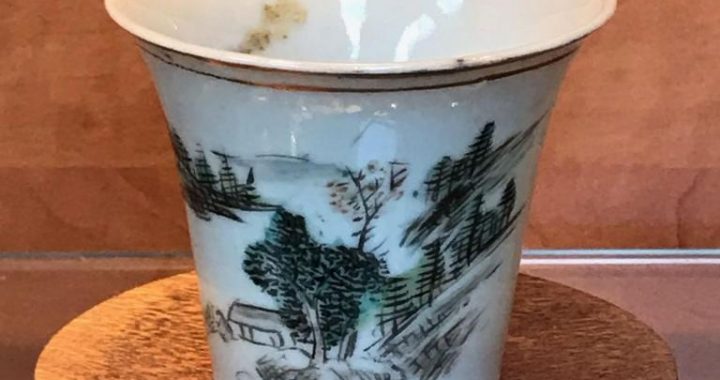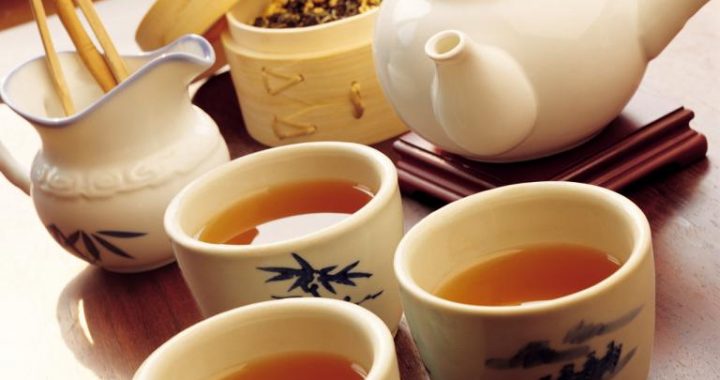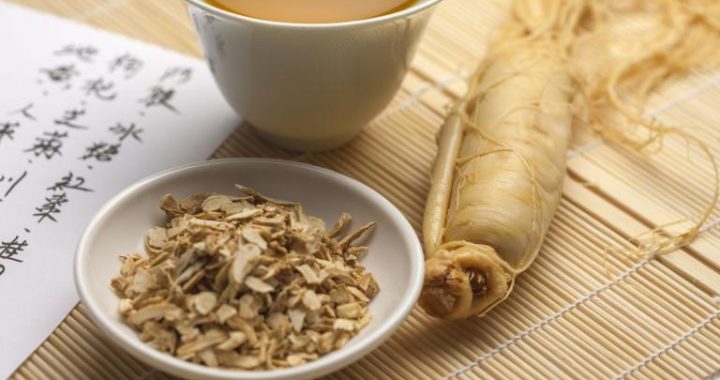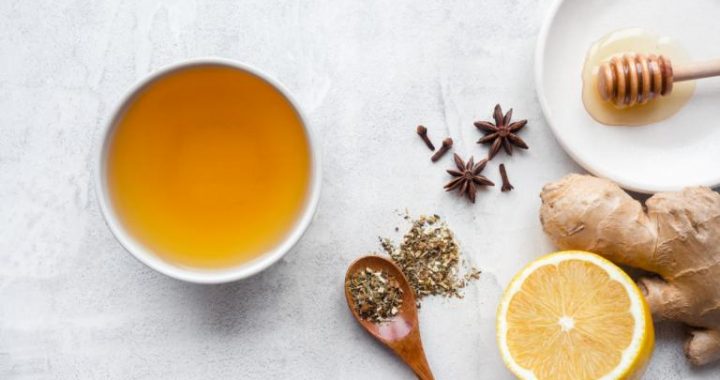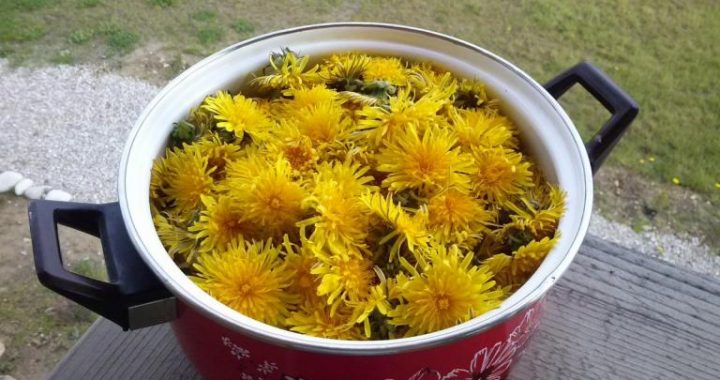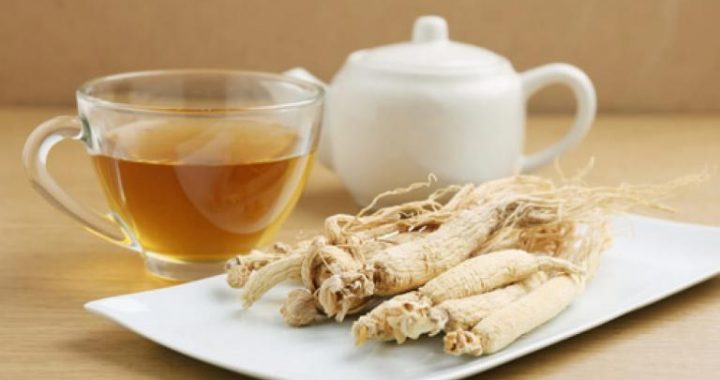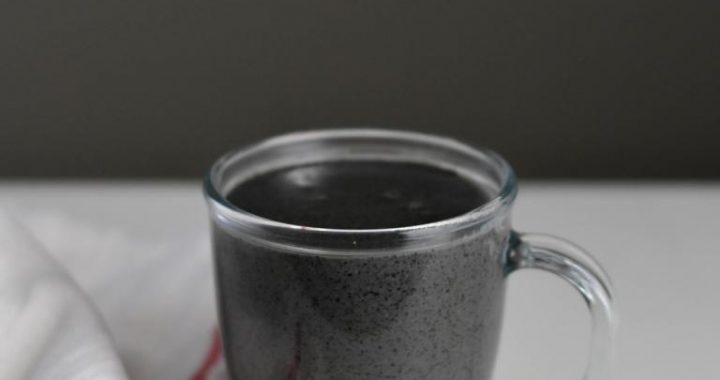Preparing Tea Ware
5 min readTea ware is the most important aspect in the making of tea. One characteristic of the Oolong tea lies in its special tea ware. In the past, there was no special tea ware for making and appreciating Pu-erh tea. People chose tea ware according to their likes.
In recent years, some conventions have been formed to help choose tea ware for Pu-erh tea. For example, for raw Pu-erh tea, choose tea ware that is used for brewing the slightly fermented Oolong tea.
For processed tea and old tea, choose purple-clay ware or cups with a porcelain surface. Bright red Pu-erh tea liquid is complemented by white porcelain cups or porcelain and purple-clay cups with white glazed lining. The volume of the cup can be similar or bigger than that of the cup used for Oolong tea.
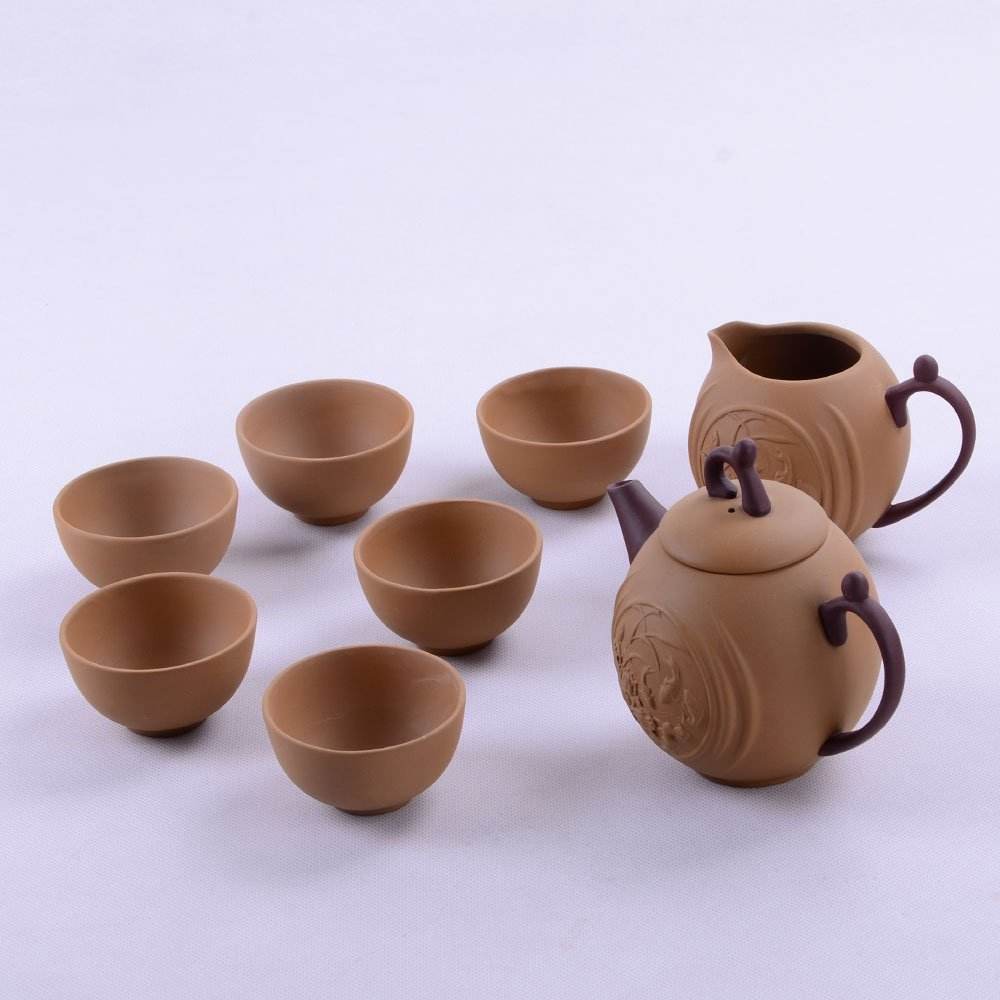
Some people use glassware with containers inside to make Pu-erh tea. They are convenient and fashionable.
It is not essential to use the entire set of porcelain, purple-clay or other ware. Tea ware of different materials can be mixed and used in combination. For example, a purple-clay teapot with porcelain teacups, a porcelain-covered teacup withpurple-clay cups can be put together. A glass fairness cup can be added to the above combination. Or glass-covered cups can be used with tea ware of other materials to highlight the bright red tea liquid.
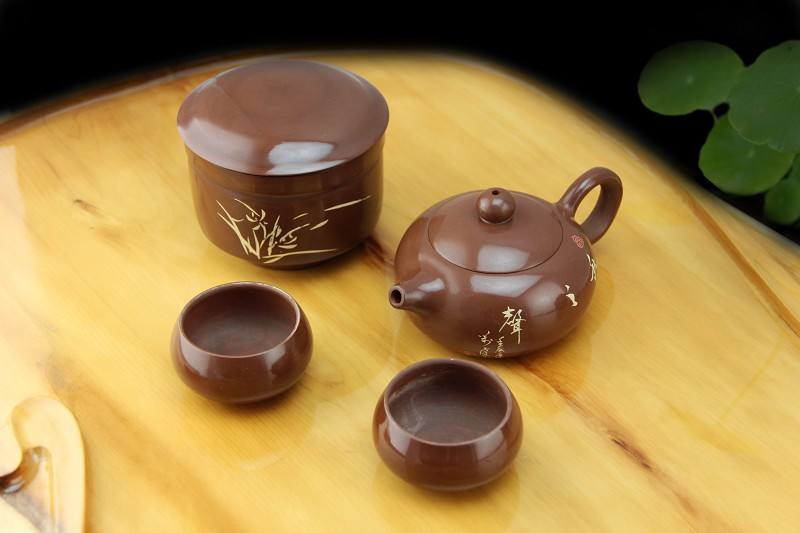
Other complementary wares include ceremony tea ware, tea cloth, water bowl and strainer, among which the last is a necessary tool.
And don’t forget the tea knife for loosening tea cakes.
Besides, the harmonious coexistence of the various ethnic groups such as Dai, Hani, Blang and Jinuo in the Pu-erh tea-producing areas, who have been picking and producing Pu-erh tea for generations, has developed many unique and primitive tea appreciation methods. The handmade pottery tea ware is traditional and simple. With such special ware, we can better appreciate the fragrance and natural tough spirit of the tea.
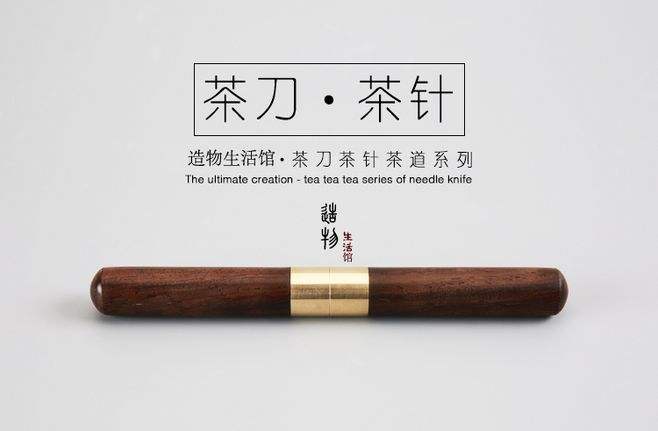
Tea drinkers can mix and match tea ware according to their tastes and the characteristics of the types of Pu-erh tea.
Next, let us learn about the major types of wares used for making and appreciating Pu-erh tea.
1. Boiling kettle
In the present times, the convenient electric kettle is most popular. The ideal way for making quality Pu-erh tea is to usea pottery kettle to boil spring water from the mountain. Water boiled in pottery or copper kettles over fire will surely add to the flavor of the tea. But before being used, the newly bought pottery kettles should be cleaned and rid of the earthen smell, first with clean water, and then with boiled water twice.
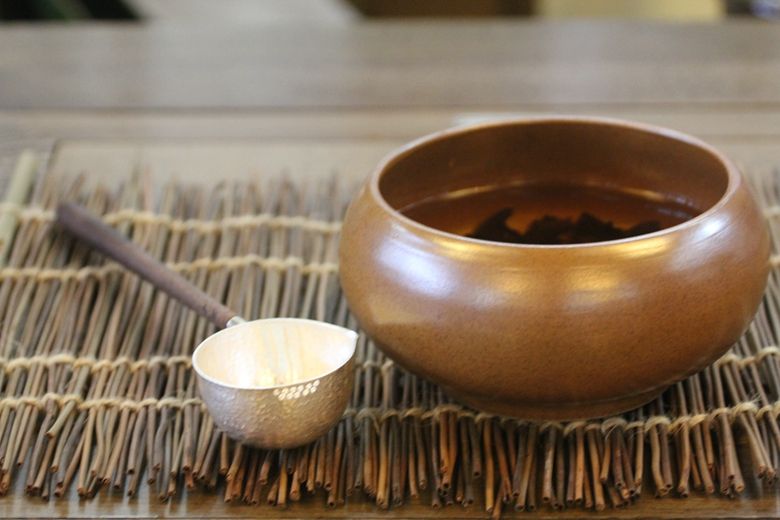
Electric porcelain kettle
Glass kettle
Electric kettle
Pottery kettle
2. Tea ware
Use pottery, porcelain, glass teapot and covered teacups for brewing Pu-erh tea.
Purple-clay teapot
Yixing purple-clay teapot is the first choice for making Pu-erh tea. Purple-clay teapots are air permeable, absorbent and preserve heat. They preserve the fragrance and taste of the tea well. Use round, thickwalled, rough-sanded purple-clay teapots, which allow tea liquid to flow smoothly, to makeprocessed tea and preserved raw tea. Such pots reduce the smell of pile fermentation of processed tea and the moldy smell of old tea. With proper care, purple-clay teapots can enhance the fragrance and mellowness of the Pu-erh tea over time. Contrary to the small teapots best for Oolong tea, bigger ones should be used to make Pu-erh tea. For two to three drinkers, a purple-clay teapot of 250ml is good. And for more people, larger teapots can be chosen. The best choice is a pot with good heat dissipation property and a wide mouth allowing easy flow of the tea liquid.
Newly bought teapots (not those that have been used be-fore sale) should be cleaned by boiling pure water or tea liquid to get rid of the typical smell of the kiln or earth. It is better to use the new pots for some time before making good tea in it.
This ensures the teapots and the tea complement each other.
Besides, porcelain teapots and covered teacups can also be used to make tea.
Various purple-clay teapots Covered tea bowls
Covered tea bowls are convenient to use and are a good choice to make various kinds of tea. Astute shopkeepers often use them to make sample tea so that the buyers can taste the tea, smell the fragrance and see the dry leaves absorb the water.
Due to the easy appreciation of the change in the tea liq-uid in the covered tea bowls, their visual appeal and their prac-tical purpose, covered tea bowls, especially those made of porcelain, are often used in making Pu-erh tea.
Porcelain-covered tea bowl with painting
Blue-and-white porcelaincovered tea bowl
Porcelain-covered tea bowl with hand-painted lotus
Glass-covered tea bowl TIPS
Be careful about the quantity of tea leaves and water needed to avoid spilling while brewing.
Avoid scalding.
3. Teacups
Teacups of different materials can be used for common use. But bigger ones are better.
These days you find a wide-mouthed teacup bigger than the Gong Fu teacup with a volume of 200ml. This shows Pu-erh tea should be appreciated in big teacups. The thick, wide-mouthed teacup complements the mild, mellow and primitive rough taste of Pu-erh tea.
White porcelain or celadon cups enhances the apprecia-tion of the color of the Pu-erh tea liquid. Glass cups are also good.
Hand-painted teacup
Glass teacup
Celadon teacup
Purple-clay teacup
Blue-and-white porcelain teacup Pu-erh teacup
4. Fairness cups (Gongdao Bei)
Pu-erh tea is famous for its bright and colorful tea liquid. People often compare its color to preserved red wine, amber, garnet and ruby, etc. The tea color is like a rainbow ending in the fairness cup, making the glass fairness cup the first choice for tea making. White porcelain fairness cup is also very popu-lar.
Porcelain fairness cup
Painted porcelain fairness cup
Pottery fairness cup
Glass fairness cup
Purple-clay fairness cup
Porcelain fairness cup
5. Ethnic Pu-erh tea ware Ethnic tea ware includes tea-baking jars and earthen pots, etc. Those from the Pu-erh tea-producing areas in Y unnan give the tea a primitive and natural taste.
6. Other complementary tea ware There are many complementary tea ware, such as the kettle stand, the strainer, the tea cloth, the teaspoon, etc.
Making Pu-erh tea is a quiet and joyous process.
Tea-baking jar
Strainer
Teapot stand
Chaze
Tea towel
Strainer with stand
There is no single unified principle of choosing tea ware for making the tea. As long as it suits the characteristics of the tea and the drinker, it is good tea ware.
